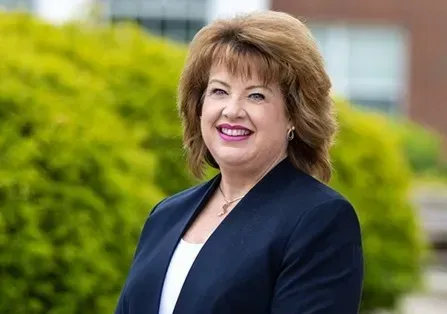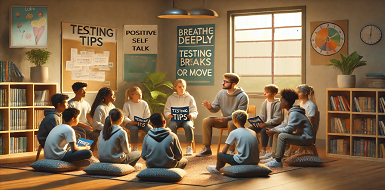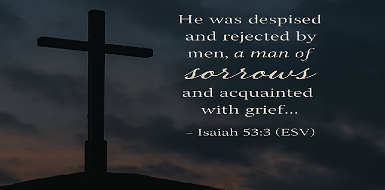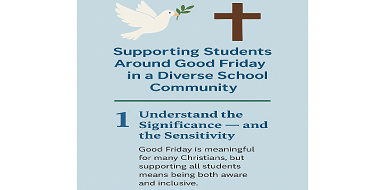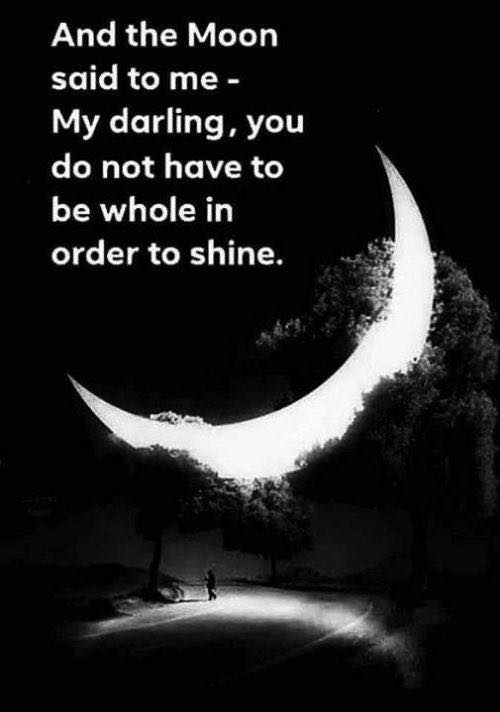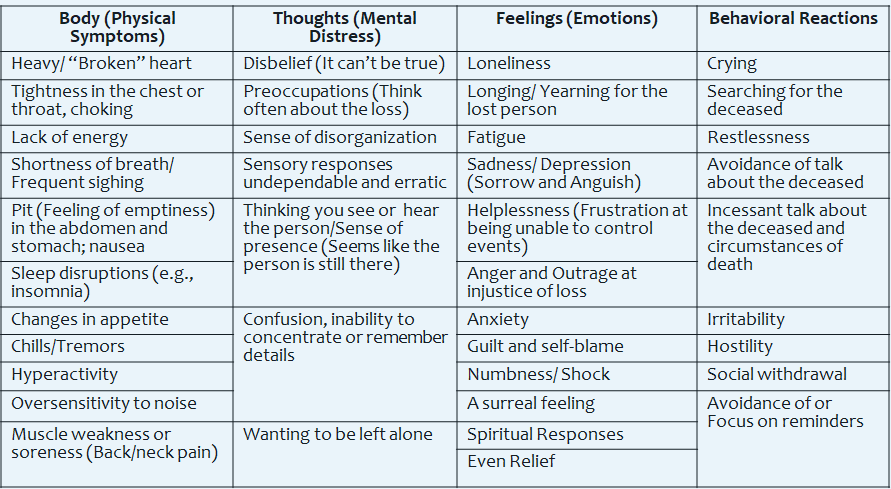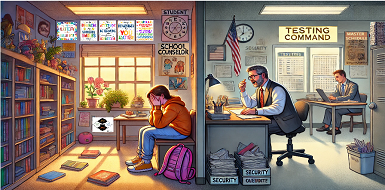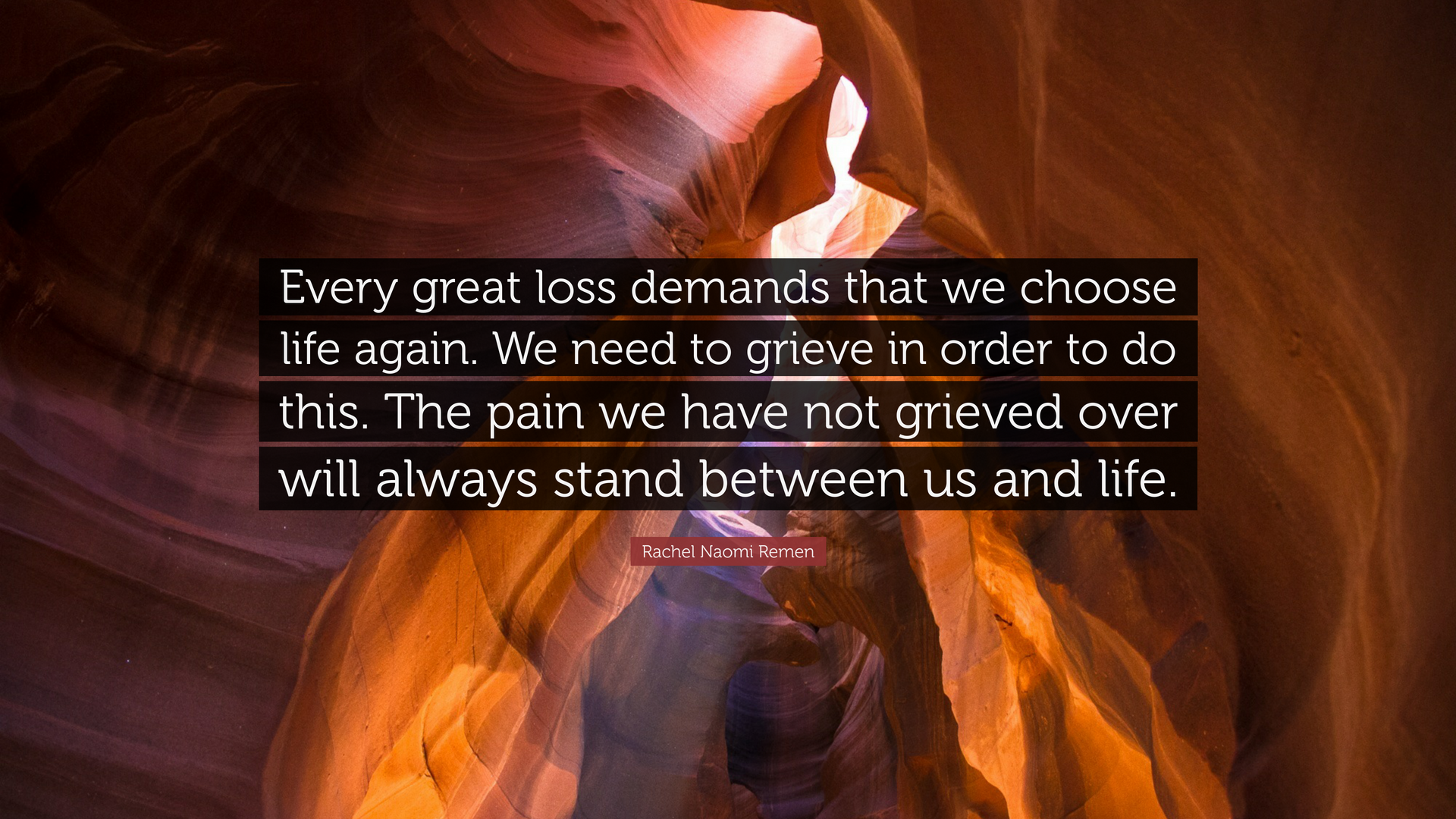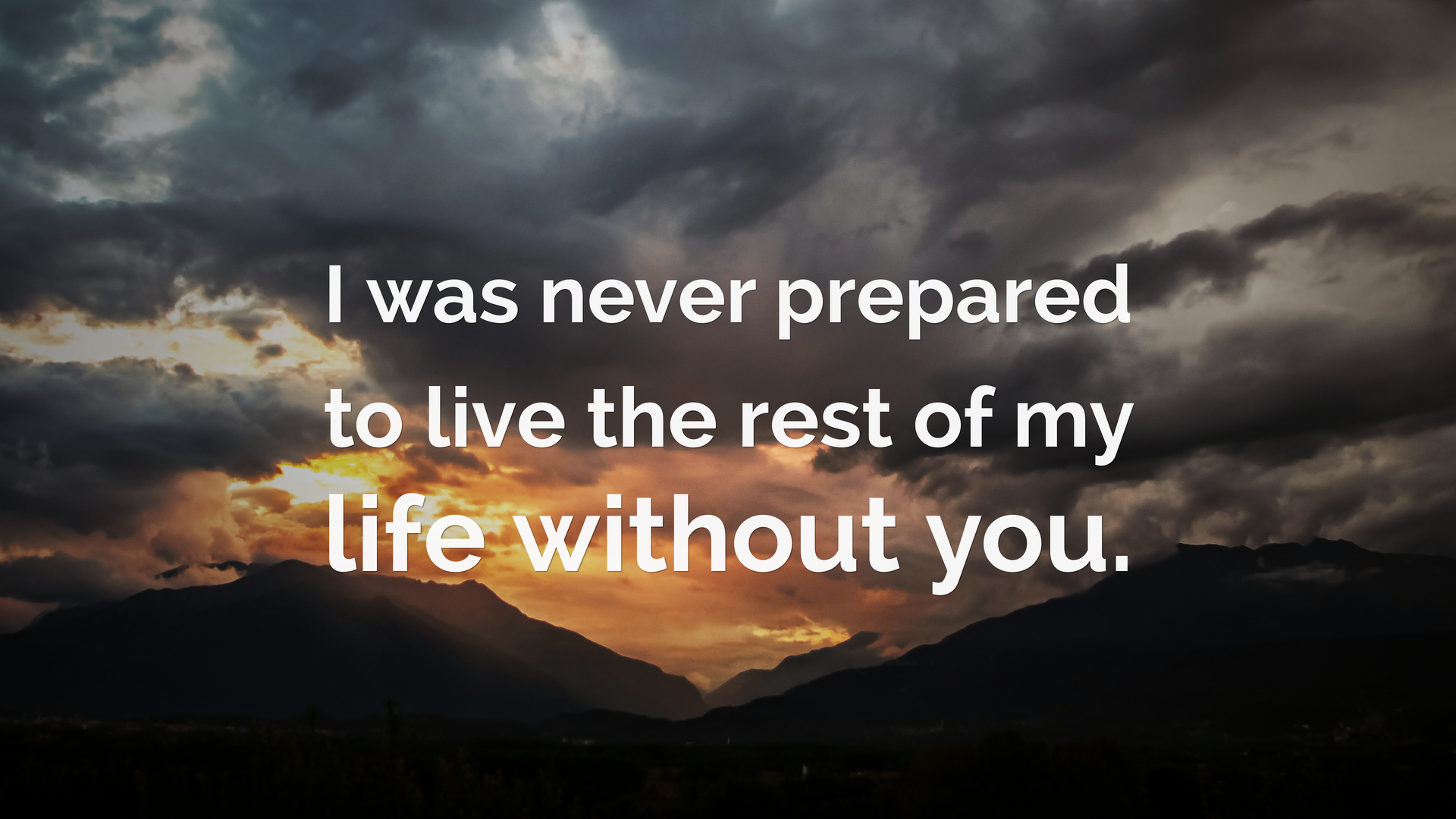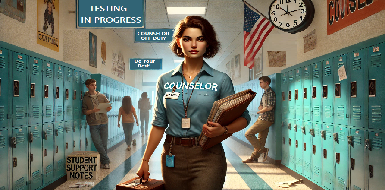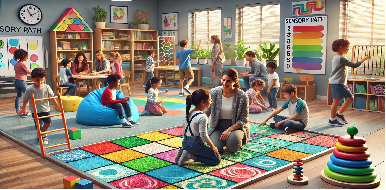Halloween School Counseling Ideas
Trick or Treat!
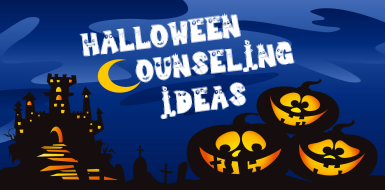
As we're in the middle of the Halloween season, I thought I'd share some lessons for you. I love to incorporate seasonal themes into everything I do. (My husband's grave is even decorated for each season.) And, kids are there for it.
Use Halloween Candy Buckets
1. Tattling Vs. Reporting
Write common scenarios and phrases on strips of paper and have students decide if the person is tattling or if they are reporting. Students sort them into 2 different buckets.
Example: Tattling: 'Sarah is looking at her iPad instead of reading.' Reporting: 'John hit Blaine at recess.'
2. Growth Mindset Vs. Fixed Mindset
Help students learn to move their fixed mindset to a growth mindset by having them sort statements into 2 different buckets. First, discuss what a fixed mindset is. Example: "If something is challenging, I should give up." Then, discuss how we can change this to a growth mindset. For younger children, you would provide the example: "I will try again and ask for help." For older elementary students, have them identify and write their own fixed mindset beliefs down. Then have them drop the statements into the different buckets. For older elementary students, have them identify and write their own negative thoughts down.
3. Size of the Problem
Help students identify the size of the problem by sorting scenarios into different buckets. For this one you can use 5 buckets (tiny, small, medium, big, huge) or 3 buckets (small, medium, big). Others have posted activities to sell with pumpkin cut-outs and such, but I think it's best to use your own creativity. You can copy pumpkins for the kids to cut out or simply use regular paper.
Example: Small Problem: You forgot today to bring your homework to school. Medium Problem: Your best friend doesn't want to play with you anymore. Big Problem: Your parents are getting a divorce.
4. Self-Regulation
Students can practice self-regulation by sorting feelings and behaviors into the buckets. For younger children, you could begin with five buckets, matching the feelings from the film Inside Out with which most children are already familiar: Blue - Sad😢; Yellow - Joy or happy😊; Purple - Fear or worry😨; Green - Disgust or disdain🤢; Anger - Red😡. For older children, you could use more buckets - again similar to the second generation in Inside Out 2.
These could also work in other season with regular buckets or with baskets at Easter.
Books
I cannot say enough about Bibliotherapy!!!
A very unique pumpkin delivers a special message of tolerance and self-acceptance that's just right for Halloween. This unique pumpkin is Spookley,
who is different from all the other pumpkins in the pumpkin patch because he is square. Spookley's square shape makes him self-conscious and
worried about not fitting in with the other pumpkins. Eventually, Spookley learns that being different can be an advantage! When a fierce storm threatens the pumpkin patch, Spookley's unique shape allows him to save the day by blocking the wind and keeping the round pumpkins safe. This
book is a great resource for teaching empathy and friendship skills.
2. That Monster on the Block by Sue Ganz-Schmitt
This book is about Monster who is not happy about his new next-door neighbor, Clown. He complains about Clown to everyone, until one day he gives him a chance and discovers that he really likes him. This book is the perfect lesson on accepting those who are different from us. And, the bonus is that the main character is a monster, so it goes right along with Halloween.
3. Room on the Broom by Julia Donaldson
This story follows a kind, friendly witch who goes on a journey on her broomstick. Along the way, she encounters a dog, a bird, a frog, and a cat, who all ask to join her on the broom. The generous witch makes room for each of them. As the broomstick becomes more and more crowded, it snaps in two! The witch and her friends work together to devise a clever plan to outsmart a mean dragon and rebuild the broomstick. In the end, there is still "room on the broom" for everyone! This book helps students learn about kindness and positive friendship skills in a silly, festive way.
4. Ghost Afraid of the Dark by Sara Conway
Follow Boo the Ghost as he celebrates his first Halloween with all his monster friends! He is a shy little ghost who is afraid of many things. With the help of his friends, Boo learns how to confront his fears and be brave. This story will resonate with many students experiencing feelings of fear and help everyone learn about the power of empathy and friendship.
5. If You Ever Meet a Skeleton by Rebecca Evans
Skeletons might seem scary, but there’s really not much to be afraid of! They can’t run fast, they’re terrible at hide-and-seek, and they’re scared of everything. When a group of trick-or-treaters runs into an actual skeleton on an enchanted Halloween night, they do whatever they can get away. But what does the skeleton really want? What if they’re just looking for a friend? This book helps students learn to face their feelings of fear and consider what it means to be a friend to others— even those who may not be like you!
6. The Good, The Bad and The Spooky by Jory John
The Bad Seed’s favorite holiday is Halloween, but he cannot seem to find a show-stopping costume for the big night. He decides that since he can’t enjoy the night, trick-or-treating should just be postponed! Will the Bad Seed turn his bad mood around or ruin the run for everyone? This story teaches children about making good choices and how their feelings and actions impact those around them. It’s the perfect length with great illustrations for little learners to follow along the entire time.
More activities to follow throughout October.
I am a school counselor turned counselor educator, professor, and author helping educators and parents to build social, emotional, and academic growth in ALL kids! The school counseling blog delivers both advocacy as well as strategies to help you deliver your best school counseling program.

I'm a mother, grandmother, professor, author, and wife (I'll always be his). Until October 20, 2020, I lived with my husband, Robert (Bob) Rose, in Louisville, Ky. On that awful day of October 20,2020, my life profoundly changed, when this amazing man went on to Heaven. After Bob moved to Heaven, I embraced my love of writing as an outlet for grief. Hence, the Grief Blog is my attempt to share what I learned as a Counselor in education with what I am learning through this experience of walking this earth without him. My mission is to help those in grief move forward to see joy beyond this most painful time.
